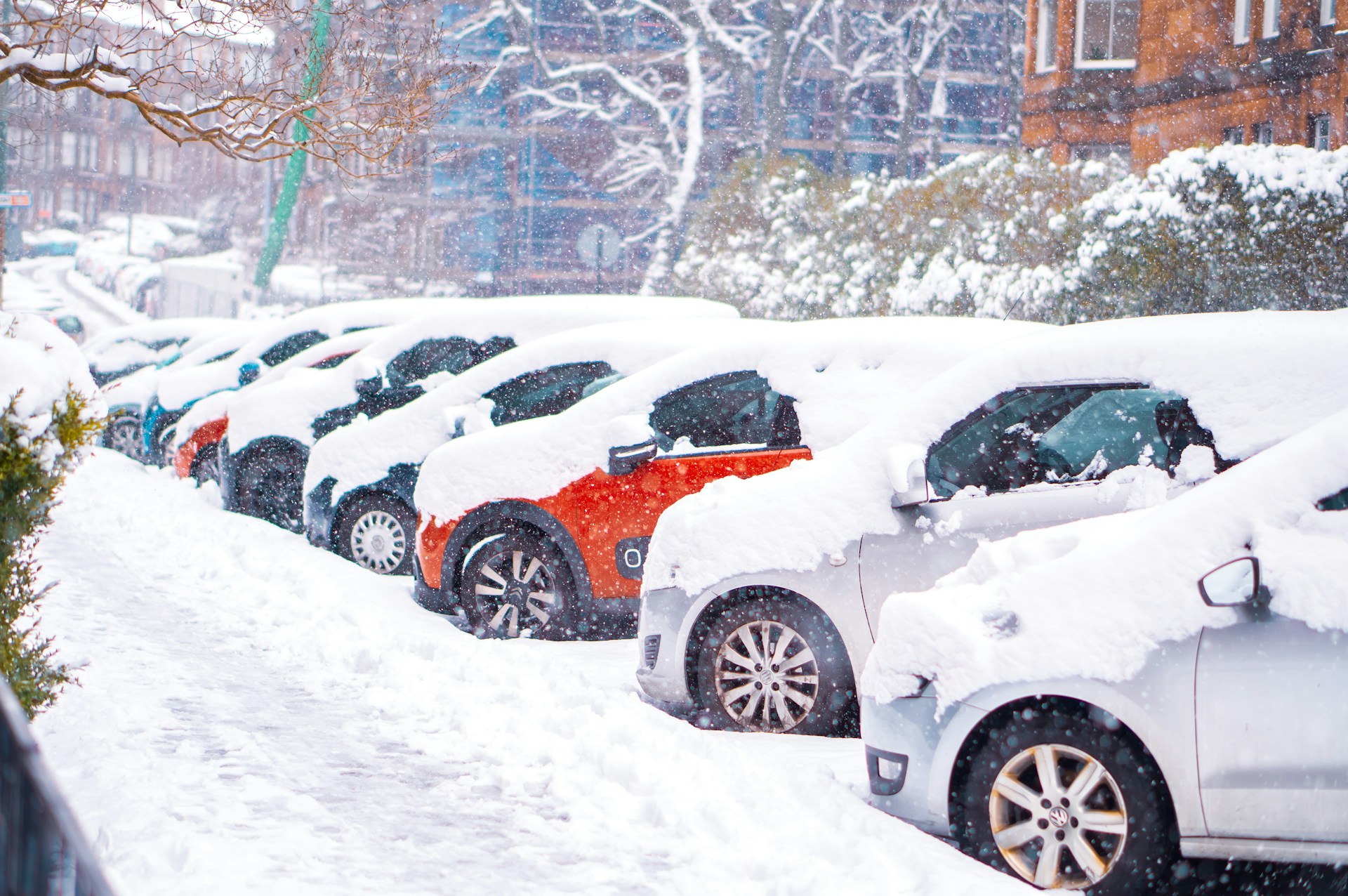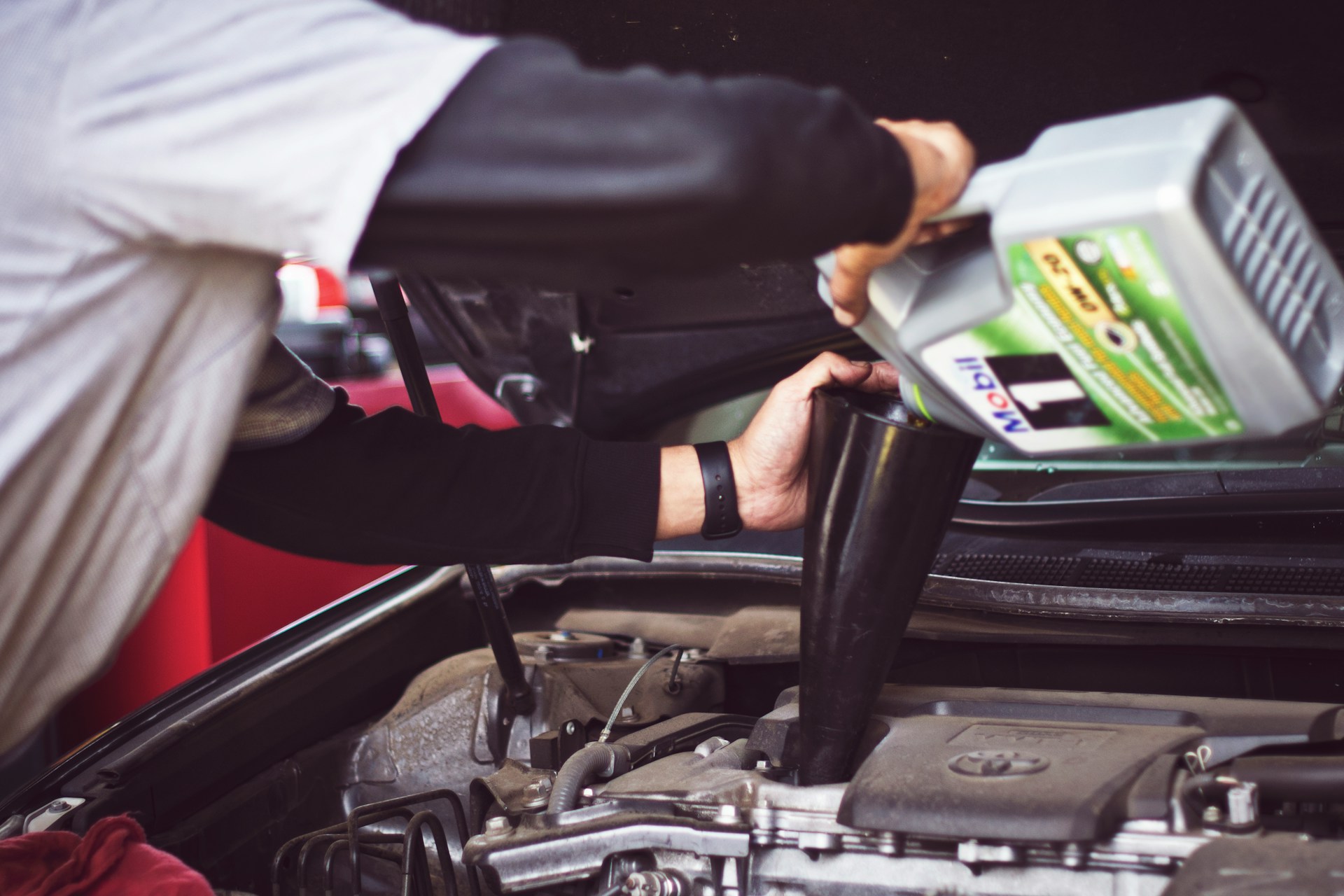Winter weather can be both beautiful and treacherous, especially for drivers. Whether you live in a region known for harsh snowstorms or experience a few cold snaps each year, it’s important to have a car that can handle snow, ice, and slippery roads. While some vehicles are better suited for winter conditions than others, choosing the right car involves considering factors like all-wheel drive (AWD), tire types, and other features designed to enhance traction and comfort. Here’s a look at what makes a winter-ready car and some of the best options to help you navigate icy roads with confidence.
Blog
When it comes to car maintenance, misinformation can lead to unnecessary expenses and headaches. In this post, we’ll debunk some of the most common myths about car care and provide practical advice to keep your vehicle running smoothly.
Flat tires can happen to anyone, anywhere, and at the most inconvenient times. Knowing how to handle a flat tire safely is crucial for your safety and the safety of others on the road. Here’s a step-by-step guide to help you through the process.
Classic cars hold a special place in automotive history, representing a time when design and engineering were celebrated as art forms. Whether you’re an avid collector or simply a car enthusiast, owning a classic can be a rewarding experience. Here are ten classic cars that are not only iconic but also great investments for collectors and enthusiasts alike.
There’s something uniquely liberating about hitting the open road solo. As the world becomes more connected, many of us are craving moments of solitude and self-discovery. A solo road trip can be the perfect antidote to our busy lives. Here’s why you should consider embarking on your own adventure and some tips to make the most of it.




